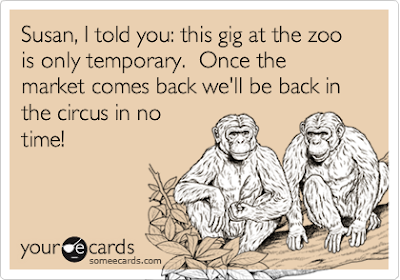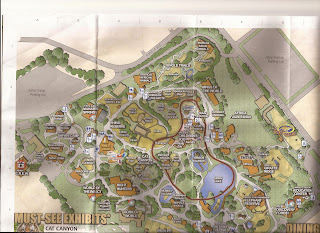Do you want to learn how to draw animals?
Are
you tired of getting laughed at because your drawings of animals aren’t
very good? What if you knew exactly how to fix that problem on your own
without spending tons of money on expensive art classes? Introducing
the ultimate drawing animals in pencil ebook.
I’ve always loved to draw animals but haven’t had much time to since I was a kid. I recently wanted to get back into it but quickly found out my skills hadn’t magically improved. Thankfully, I found this ebook which has almost 500 pages of step by step instructions. The rich and detailed instructions show you how to draw almost any animal: cute animals, baby animals, forest animals, sea animals, realistic animals - this book has it all. There is even a 60 day money back guarantee if you don't get the results you expect then get a full refund. What are you waiting for? Learn how to draw animals in pencil now and start creating those masterpieces!
I’ve always loved to draw animals but haven’t had much time to since I was a kid. I recently wanted to get back into it but quickly found out my skills hadn’t magically improved. Thankfully, I found this ebook which has almost 500 pages of step by step instructions. The rich and detailed instructions show you how to draw almost any animal: cute animals, baby animals, forest animals, sea animals, realistic animals - this book has it all. There is even a 60 day money back guarantee if you don't get the results you expect then get a full refund. What are you waiting for? Learn how to draw animals in pencil now and start creating those masterpieces!
What is your favorite animal to draw?
-Nick
Drawing Tigers




















